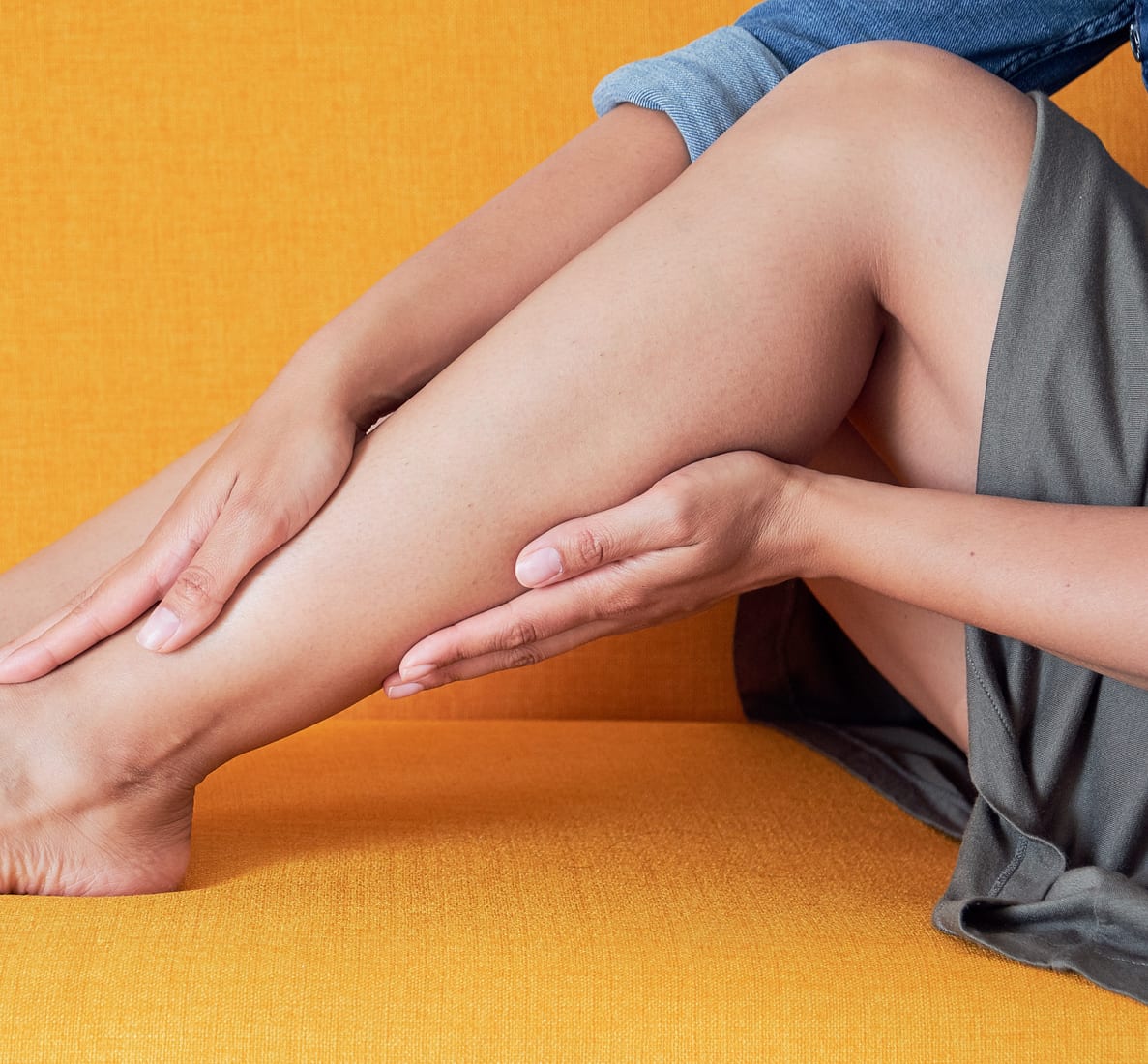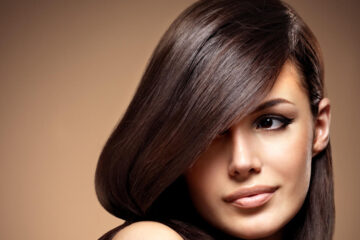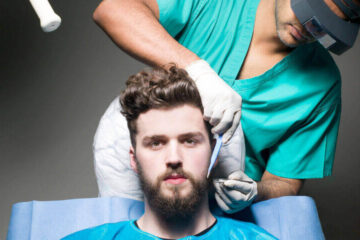Varicose veins occur when the veins widen and become visible in the skin at varying degrees of severity due to valves not working as well as they should.
Varicose veins occur when the veins widen and become visible in the skin at varying degrees of severity due to valves not working as well as they should. These valves help the blood to circulate up towards the heart and when they no longer work as well as they should, some of the blood flows back downwards, causing the veins to widen. This in turn causes a vicious cycle as the distance between the valves widen, too, increasing the amount of blood flowing back down. Later, circulation begins to weaken and follows a pattern until colour changes known as ‘varicose ulcers’ develop. We look forward to treating your varicose veins at estethica, the home of healthy beauty.
Varicose Veins Symptoms:
- Heaviness, tiredness and pain at night in the legs.
- Swelling (oedema).
- Colour changes in the ankles (bruising).
- Aesthetic worries.
Development of Varicose Veins
Although having a genetic predisposition is the most important factor, jobs that require you to be on your feet for lengthy periods of time and successive births also stimulate the development of varicose veins. Moreover, varicose veins may also be the result of a slew of pathologies causing pressure in the stomach.
Severities of Varicose Veins
Various severities of varicose veins range from ‘telangiectasia’, where red veins appearing similar to spider-webs bulge outwards to large, green vascular ones.
Diagnosis
First you all you have be clinically evaluated by a doctor. Then, your vascular network needs to be mapped with Doppler ultrasonography. Following this, an intraabdominal ultrasound should be performed to determine whether or not there is another cause.
This is because the most important aspect of varicose vein treatment is understanding the cause of the varicose veins. The map provided by a Doppler Ultrasound is the most important guide in helping your doctor determine what treatment is needed for what vein. Thinking of this vein network as a tree, the treatment planning is completely different for the main veins (trunk), veins (branches) and (capillary veins) leaves.
Varicose Vein Treatment
You will have to wear a varicose vein stocking that is used in all varicose vein treatments. The treatment has to be well planned for all the affected veins, from the largest to the smallest. This is the most important factor in getting a good result and preventing relapse.
Main Veins:
- Classic varicose vein surgery.
- Intravenous endovenous laser ablation treatment.
- Intravenous radiofrequency ablation treatment.
Major Veins:
These veins are surgically removed via very small incisions called a mini-phlebotomy.
Minor Veins:
Sclerotherapy: This is where medication that closes the vein is injected into it. Foam, liquid and micro sclerotherapy options are available.
Perforator (Connecting) Veins:
They can be surgically tied or closed using fine laser catheters.
Spider Veins:
Dermal lasers (Nd-YAG).
Dermal radiofrequency (TC-3000).





Tour Reviews
There are no reviews yet.
Leave a Review